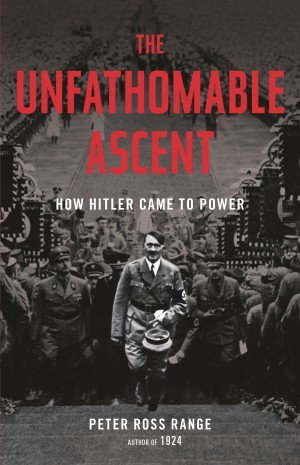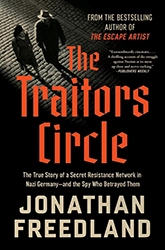Fred Brouwers’s book begins with the story of the phonograph records that a Russian patrol discovered in the bunker where Adolf Hitler, a lover of classical music, ended his life. Using Hitler’s collection as a starting point, Brouwers compiles a list of nineteen Europeans who found themselves at the intersection of music and fascism before and during the war. In addition to performers and conductors, he includes composers — many of whom are mostly unknown outside the classical music world — such as Paul Abraham, Anton Weber, and Paul Hindemith. Brouwers provides a history of the early life of each figure, then charts their experiences from the beginning of European fascism, to the end of the war, and finally to their postwar fate.
Hitler’s collection included music by many Jews, including Felix Mendelssohn, Jacques Offenbach, and Bronislaw Huberman — the latter being a violinist who saved the lives of numerous Jewish musicians and their families by raising the money to bring them to Palestine, where they would later form the Israel Philharmonic Orchestra. Other modern Jewish musicians appear on the list as well.
Brouwers also examines the stances of non-Jewish artists toward fascism. Many non-Jewish artists saw their careers compromised or destroyed because they had Jewish family members and/or worked with Jewish musicians. The renowned conductor Arturo Toscanini never wavered in his opposition to fascism in Italy. Other musicians were not so resistant. Richard Strauss was a musician who had no convictions about anything but his music and made opportunistic decisions on that basis. Lovers of Stravinsky’s music will be dismayed to learn that, according to Prokofiev, “Stravinsky never ceased to abuse the Jews.” And the eminently successful Herbert von Karajan, the postwar conductor of the Berlin Philharmonic, had a record of cooperation with the Reich.
Brouwers is meticulous in detailing the musical and personal biographies of these artists. In the chapter “From Myra Hess to Vera Lynn,” he muses on the political and social uses of music during World War II, concluding that “Art and indeed music know no boundaries.”
Beth Dwoskin is a retired librarian with expertise in Yiddish literature and Jewish folk music.





